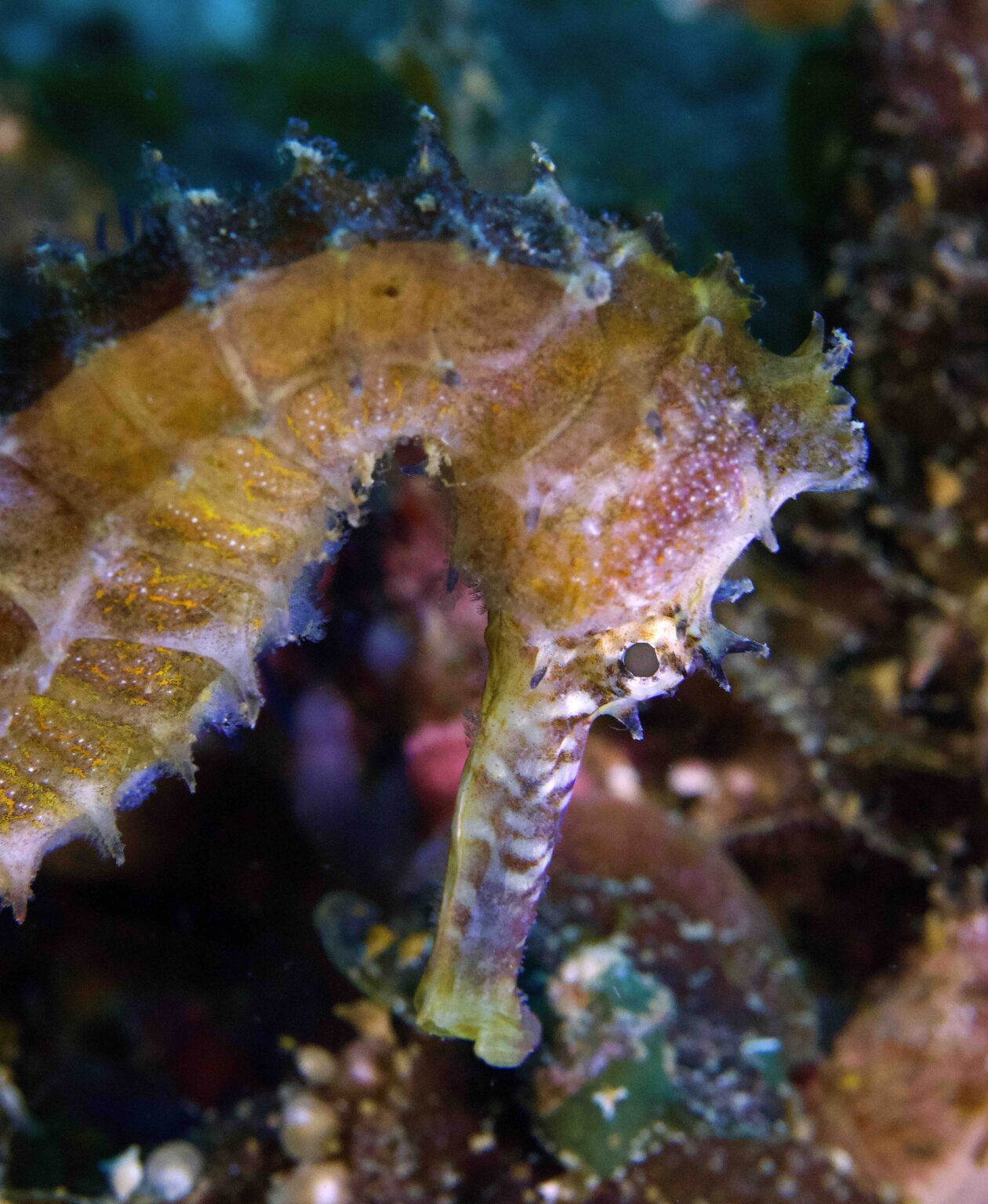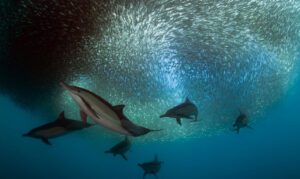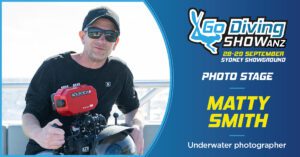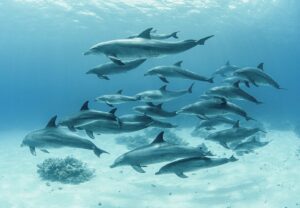Underwater macro photography is an art form in which light can play a huge part
To get the best photos possible, you need to understand light and the tricks of the trade. Some days, nothing will go your way and the light seems to want to do its own thing, and that’s ok. Every mistake is a lesson learnt and helps you grow as a photographer.
My camera of choice is a canon and has been for a long time now. This is mainly because of the picture quality is as close as you can get to the real thing; seeing things in the picture just as nature intended it to be.
My camera of choice nowadays is the canon R5 mirrorless with a few different lenses. One of my favourites is the canon Rf 100mm 1×4 macro lens: a lens that is a dramatic upgrade from the now 10-year-old canon L 100mm macro lens, and then the Laowa 100mm macro 2x manual lens. My set up also includes an Ikelite 161 strobe, an Adventure video light with 800Ls and a snoot, a Backscatter mini flash with a snoot and finally a small hand snoot. It is a little like taking a Hollywood studio lighting set up underwater with me, but it’s all worth it.
Macro is arguably one of the most popular underwater photography categories, with divers all over the world taking part. The classic underwater photography has its own styles and techniques but sometimes, even with taking pictures of pygmy seahorse or pipe fish, we need to keep things fresh, try new techniques and find inspiration in other places.
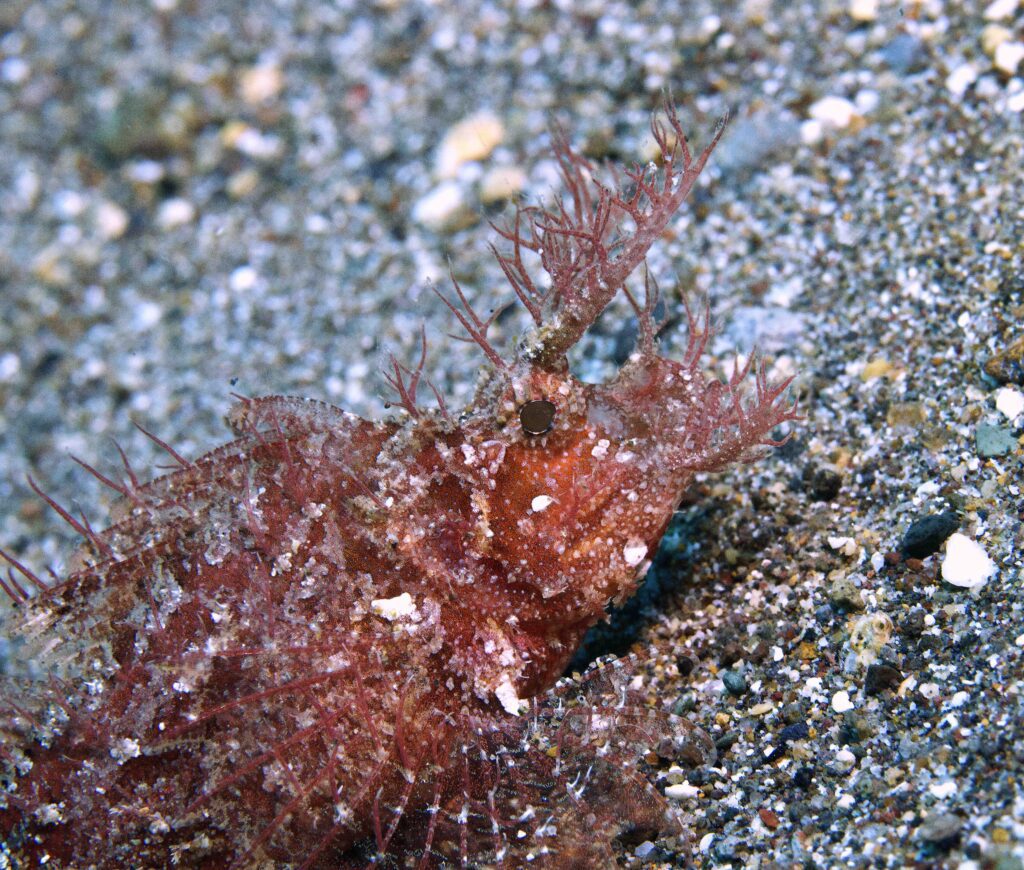
1. First things first, understand your subject. When you find something of interest, take a moment to think about what you are looking at. What is it doing? How is it moving? How is the natural light hitting it and how can you enhance that with your own? By watching a subject and understanding it, you can potentially get one step ahead of them and so position yourself into being in the right place at the right time and so, get the perfect shot.
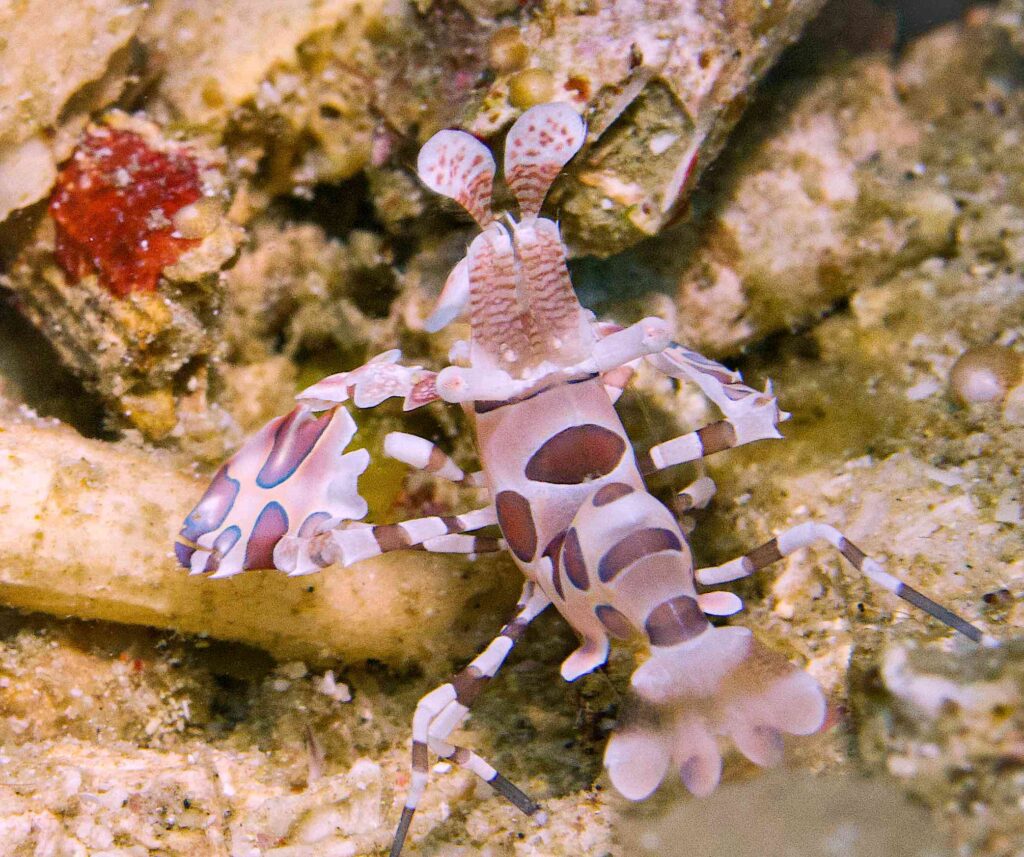
2. Bokeh is your friend. The technique of bokeh plays a very important role in shooting successful macro pictures. The shallow depth of field can be used to keep the main subject isolated from a distracting background. A steady hand is crucial here as you need an exact focus point on what is sometimes, a very tiny subject. Pro tip, when working with bokeh, set your camera to F2.8/F3.5, keep your aperture wide open, shutter speed at around 1/250 and strobes on minimum power.

3. Embrace the abstract. The main idea here is to capture specific details of a subject that can be interpreted in different ways by anyone that may see the picture. For this, look for patterns, textures and colour variations as well as shapes and geometry. Almost every macro subject has potential, you just need to be able to recognise and then capture the exotic in the everyday. Pro tip, any aperture and shutter combination will work here if the photo is properly exposed.
Although you won’t need a macro lens to see the next instalment, keep your eyes open for part two of ‘finding the light’, coming soon.
Article and Images by John Magee Blu Eden Ocean Portraits
